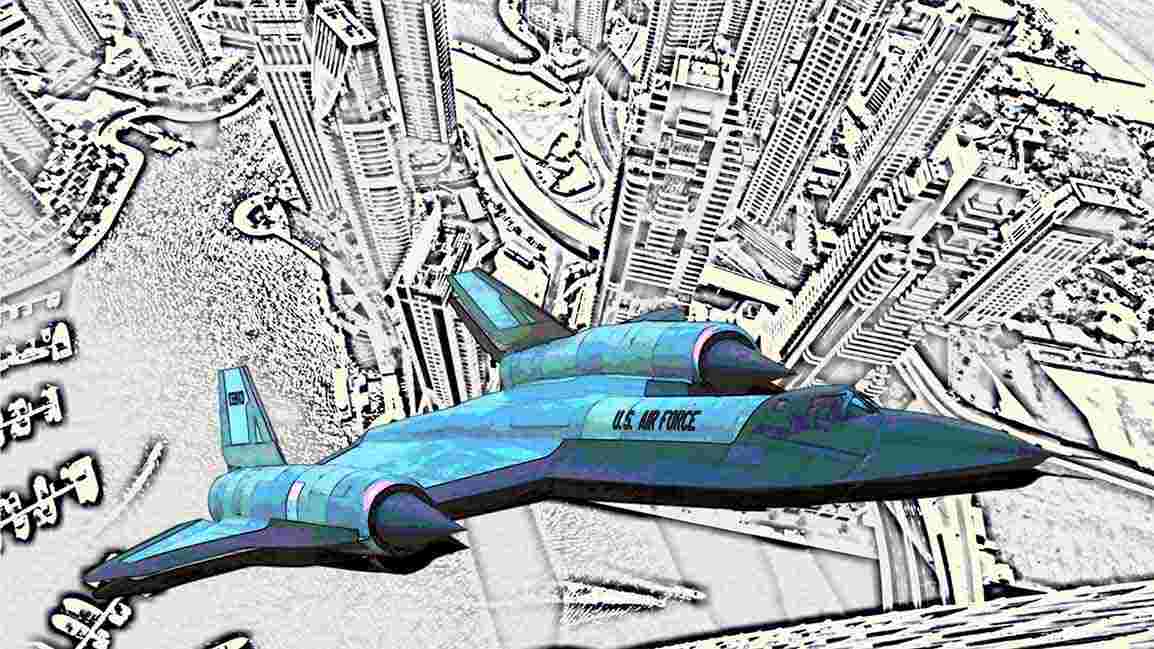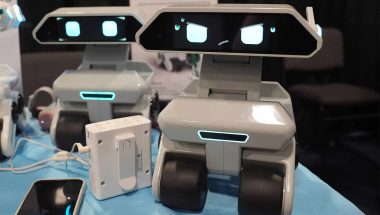- | 9:00 am
How this homegrown UAE shipyard is reimagining drone technology
Enata Aerospace offers a glimpse into what next-generation aviation technology, design, and competition can become

Enata Marine is the maritime division of Enata Industries that brought Foiler – a customizable flying yacht that sails 1.5 meters above the sea at 40 knots. We know that. It boasts a portfolio of hydro-foiling kites and boards. We know that too.
Here’s what we don’t know: how their production facility has become a hub for uncrewed planes, jets, and multirotor drone technology in the UAE.
Headquartered in Dubai, the conglomerate specializes in marine, aerospace, and architecture R&D and manufacturing. More than 1,000 employees are trained in the highly complex art of UAV modeling, creating top-class remote-controlled flight experiences.
Perhaps the secret to success lies in a process that, until now, few have been aware of. For clients, an Enata military and civilian hobby craft must be an extension of their personality. One that weaves carbon fiber technology, hybrid laser 3D printing/machining, and expert engineering.
The GCC’s drone market, currently valued at $0.88 billion, is a boon for Enata. Forecast to grow by 14% between 2022 and 2027, the GCC’s drone market offers massive potential for law enforcement, agriculture, and energy industries.
“The aerospace department is really fun,” says Alois Vieujot, Director of Equitativa Africa and ENATA representative. “ We make replicas of remote-controlled planes. My favorite is the SR-71 Blackbird, and when you have a close look at it – it’s not a small plane; it’s like 5 meters. We pay extreme attention to detail, even down to the cockpit. Inside the cockpit, you’d even have the writing that you would have in a general cockpit. We also make long-range drones for coast guard surveillance and pipeline surveillance.”
Attention to detail – from the training to time and patience that goes into aerospace – is brought down to the rest of the factory.
The international aircraft design standards that Enata has crafted for themselves require workers to undergo grueling hands-on training for a minimum of six months. As Vieujot points out, some projects were not greenlighted because they were “too heavy.” The difference between success and failure can be 200 grams!
While Enata is not the first to introduce drone technology, they have certainly developed a reputation for weaving in-house craftsmanship, 3D printing technology, and next-gen materials. “When it comes to specific pieces,” Vieujot says, “the tolerance can be 0.00 cm. A couple of grams, and it’s done. If it’s not perfect, it doesn’t go out.”
Take, for example, the SR-71 Blackbird. It’s split into six parts: nose, rear fuselage, wings, and two fins. With a total length of 3.96m, Blackbird has a fuel capacity of 7 liters, 2 B-140F jet engines, and a certified speed of 270 km/h. What is more, the landing gears were drawn in-house; its tires were 3D printed with high abrasion-resistant rubber and used the same carbon fiber strand made by Boeing for the 787.
The aerospace team manages every aspect of craft design vis-à-vis personal tastes. The Grumman F-9F8 Cougar, for instance, is available in GlassTech, Cloudtech, and Cloudtech HD. From ultra-lightweight aerospace PEI foam and engines powered from 160 N to 400 N to handwritten data logs for each prototype, each customized RC model takes months to design, model, test, and deliver.
From this, the R&D team develops crafts to client specifications consistent with the technical elements of the aircraft; depending on customer availability, the requirements of the design proposal, and the timeline of custom material samples, multiple meetings may lead to the final aircraft configuration. A final aircraft definition, including technical specification, visuals, and material selections, is presented to the client for approval.
“Whatever you want. If we can do it, we do it,” says Vieujot In essence, the progressive development of, for example, an F-8E Crusader 1/7 Scale allows, on the one hand, the client to envision the aircraft and express through the product design, while soaking up access to the brand.
On the other hand, Enata’s brand-client collaboration goes beyond features and functions and deeper into the dynamics between buyer motivations and the complementary technological and design-driven push for innovation.
What emerges is an innovative approach to the drone experience – a process that is holistic and design-driven. From speed handling, acrobatics, and 100% carbon fiber materials, to cutting-edge wing technology and landing gear.
Moreover, the SR-71 Blackbird, F-8E Crusader 1/7 Scale, and Grumman F9F-8 Cougar family of aircraft allow clients to grow their experience within the Enata Aerospace brand. And if current trends are any indication, they have only scratched the surface of what next-generation aviation technology, design, and competition can become.








































